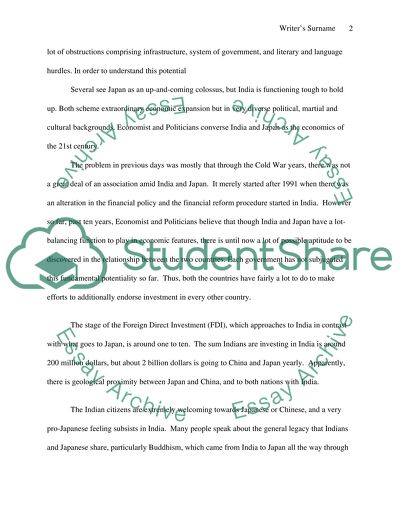Cite this document
(“Political and Economic Systems of India and Japan Essay”, n.d.)
Political and Economic Systems of India and Japan Essay. Retrieved from https://studentshare.org/social-science/1532709-india-and-japan-compare-and-contrast-their-political-and-economic-systems
Political and Economic Systems of India and Japan Essay. Retrieved from https://studentshare.org/social-science/1532709-india-and-japan-compare-and-contrast-their-political-and-economic-systems
(Political and Economic Systems of India and Japan Essay)
Political and Economic Systems of India and Japan Essay. https://studentshare.org/social-science/1532709-india-and-japan-compare-and-contrast-their-political-and-economic-systems.
Political and Economic Systems of India and Japan Essay. https://studentshare.org/social-science/1532709-india-and-japan-compare-and-contrast-their-political-and-economic-systems.
“Political and Economic Systems of India and Japan Essay”, n.d. https://studentshare.org/social-science/1532709-india-and-japan-compare-and-contrast-their-political-and-economic-systems.


